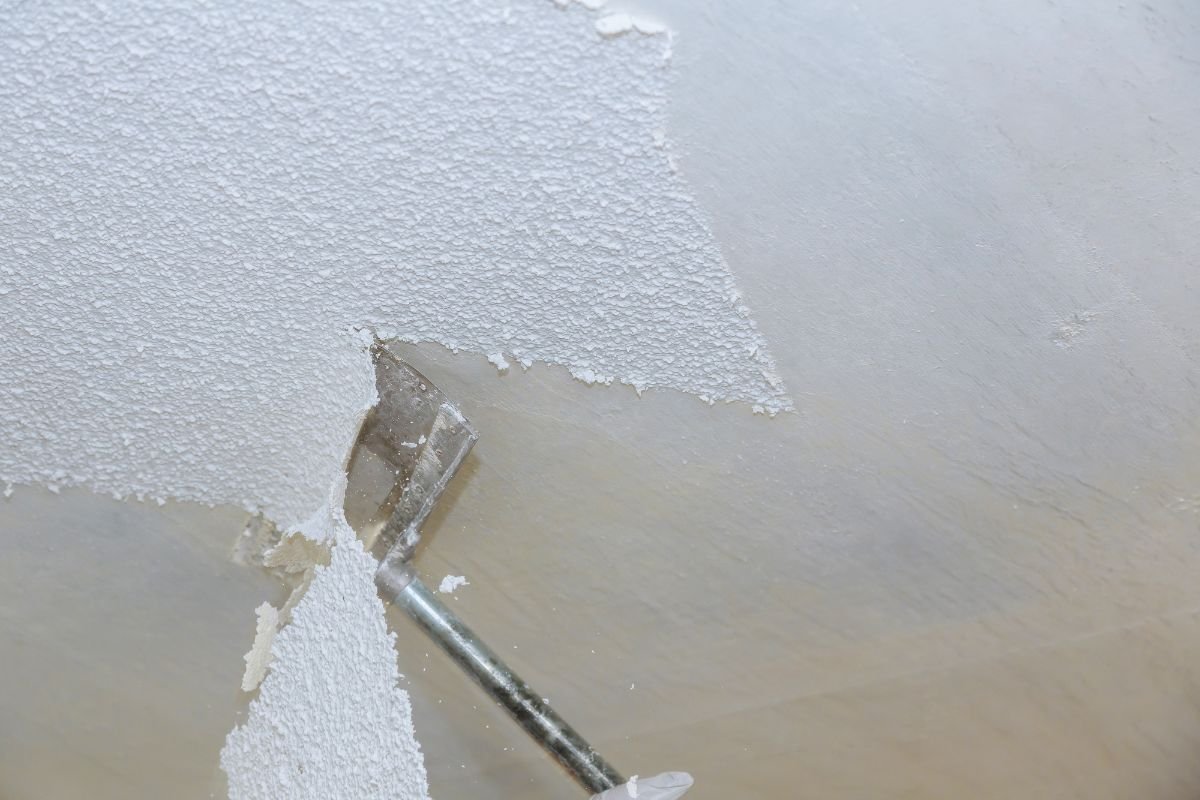Airborne Asbestos: What Is It and How Dangerous is It?
You might have heard people say that asbestos isn’t dangerous as long as it’s within asbestos-containing materials like vinyl and popcorn ceilings in excellent condition. If you don’t disturb it, you can enjoy peace of mind knowing that you’re unlikely to experience any asbestos exposure-related illnesses.
And it’s true. Many tens of thousands of homes throughout Aotearoa New Zealand contain asbestos, and homeowners aren’t putting themselves at risk simply by walking across asbestos vinyl flooring.
However, it’s when that asbestos is disturbed and becomes airborne that you should be concerned. This is when it’s most dangerous form and also when you should be reaching out to asbestos removal experts for help. But what really is airborne asbestos, and how is it dangerous? Find out this information and more below.
What Is Airborne Asbestos?
Asbestos is a natural mineral that is mined and used to create a range of different products across various industries. While many countries have banned it, mining is still commonplace in some countries.
Unlike asbestos in the ground, airborne asbestos is when the tiny fibres are in the air. In this form, they can be breathed in. It’s believed that asbestos fibres can stay in the air for several days and can be disturbed and put back in the air when disturbed by humans or environmental factors like the wind.
If you have concerns about airborne asbestos, you can contact asbestos removal companies and request asbestos air monitoring to learn more about how much asbestos is present in the air at any one time.
What Types Of Asbestos Are There?
There are six asbestos types within two mineral families: serpentine and amphibole. Chrysotile is the most common type and was once used in many products for its incredible heat resistance, such as gaskets, insulation, and brake pads. Exposure to Chrysotile asbestos can lead to asbestos-related illnesses, such as mesothelioma. This illness is a cancer of the lung lining, and its survival rate is low. Actinolite asbestos is also linked to mesothelioma, but this asbestos type is rarely used compared to others.
You might have also heard about Anthophyllite. This asbestos was never sold commercially and presented a lower risk of mesothelioma. Presenting a higher risk of asbestos-related cancer is Crocidolite. This form of asbestos, also called blue asbestos, has thin fibres that can easily become stuck in your lungs, potentially leading to deadly illnesses in the future.
Then there’s Tremolite. Its heat resistance, robustness, and flexibility made it desirable for plumbing materials, paint, insulation, roofing materials, and sealants. There is a risk of asbestosis, lung cancer, and mesothelioma with Tremolite.
Finally, presenting one of the highest risks of illnesses like lung cancer, asbestosis, and mesothelioma, is Amosite. It’s often called brown asbestos and was used in plumbing insulation and cement sheets. Many different asbestos-related illnesses have been linked to Amosite.
How Many People Die From Asbestos Exposure?
Few people, if any, would die from being exposed to asbestos-containing materials in excellent condition, such as Super Six roofing and even Super Eight fencing that has been adequately maintained throughout its lifetime with no signs of wear.
However, the same can’t be said for airborne asbestos, which comes from ACM that hasn’t been well-maintained, or that has been disturbed through breakages, renovations, or unsafe removal. Airborne asbestos is killing people, and according to WorkSafe, it’s the number one workplace-related killer, with around 220 people dying from preventable asbestos illnesses each year in NZ.
Worldwide, 90,000 people die from asbestos-related diseases annually, with around 125 million others at risk of exposure.
What Diseases Do Airborne Asbestos Cause?
Airborne asbestos can cause a range of related illnesses, both cancerous and non-cancerous. Mesothelioma, lung cancer, ovarian cancer, and laryngeal cancer are among the most common cancerous conditions related to airborne asbestos exposure.
However, exposure to airborne asbestos can also lead to non-cancerous illnesses like pleural effusions, pleuritis, diffuse pleural thickening, pleural plaques, asbestosis, and atelectasis.
Often, some of these illnesses are diagnosed through the presentation of symptoms related to breathing difficulties and lung scarring that x-rays can detect. If you smoke, you might be more at risk of some of these illnesses, especially lung cancer.
Can I Do Anything About Airborne Asbestos?
Realising that airborne asbestos can be dangerous and put you at risk of life-threatening health conditions can be scary. Fortunately, it’s within everyone’s power to reduce the risk. Employers working in the construction industry can call upon trained asbestos removalists to take care of asbestos during renovation and construction projects rather than requiring their untrained workers to manage it themselves.
Even homeowners can reduce their risk of exposure that leads to deadly illnesses, such as not attempting DIY asbestos removal themselves and putting a range of health and safety measures in place when working with non-friable asbestos removal.
Contact Trained and Qualified Asbestos Removalists
Don’t risk your future health. Whether you’re a business owner, an employee, or a homeowner, you have complete control over how asbestos removal is carried out. Whether you suspect asbestos is present or know it is, contact trained and qualified asbestos removalists in NZ, like Chemcare, to help. We can undertake a range of asbestos services, such as testing, management plans, management surveys, project management, testing and sampling, and more.

